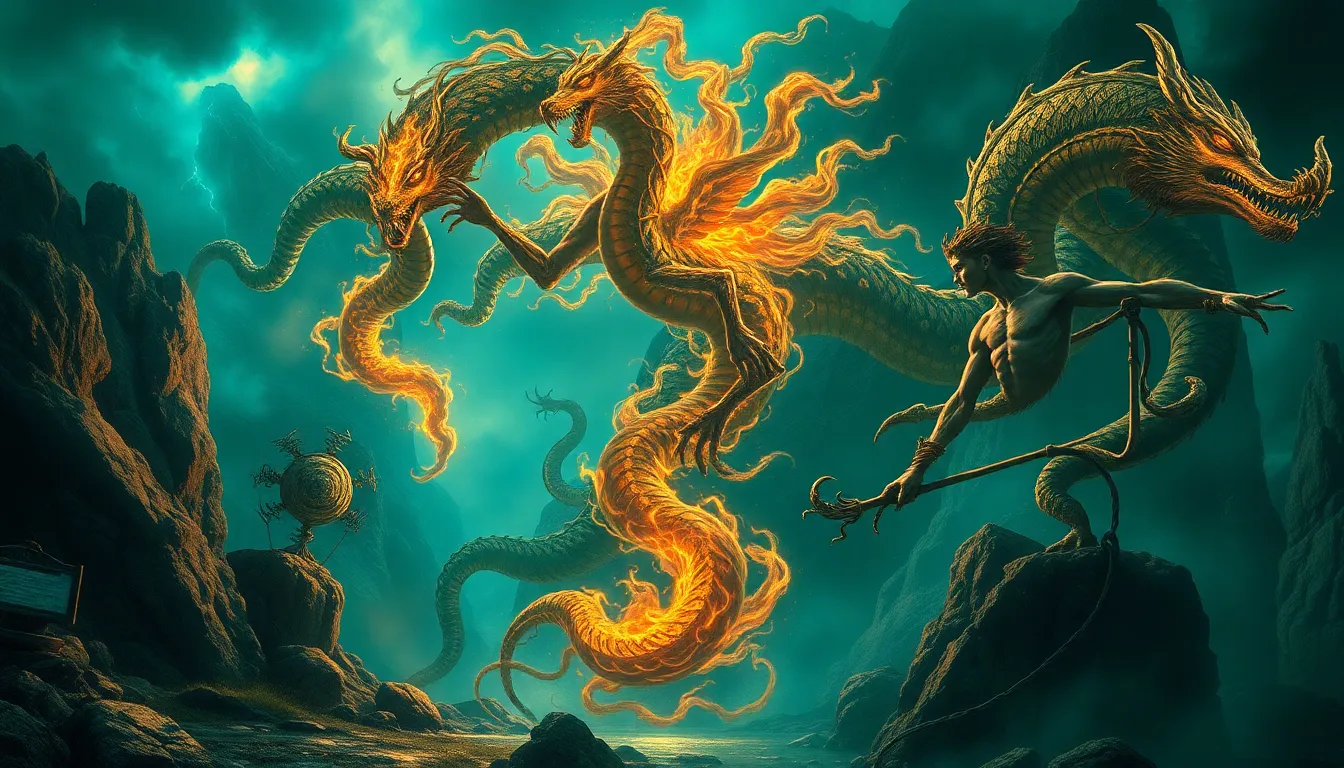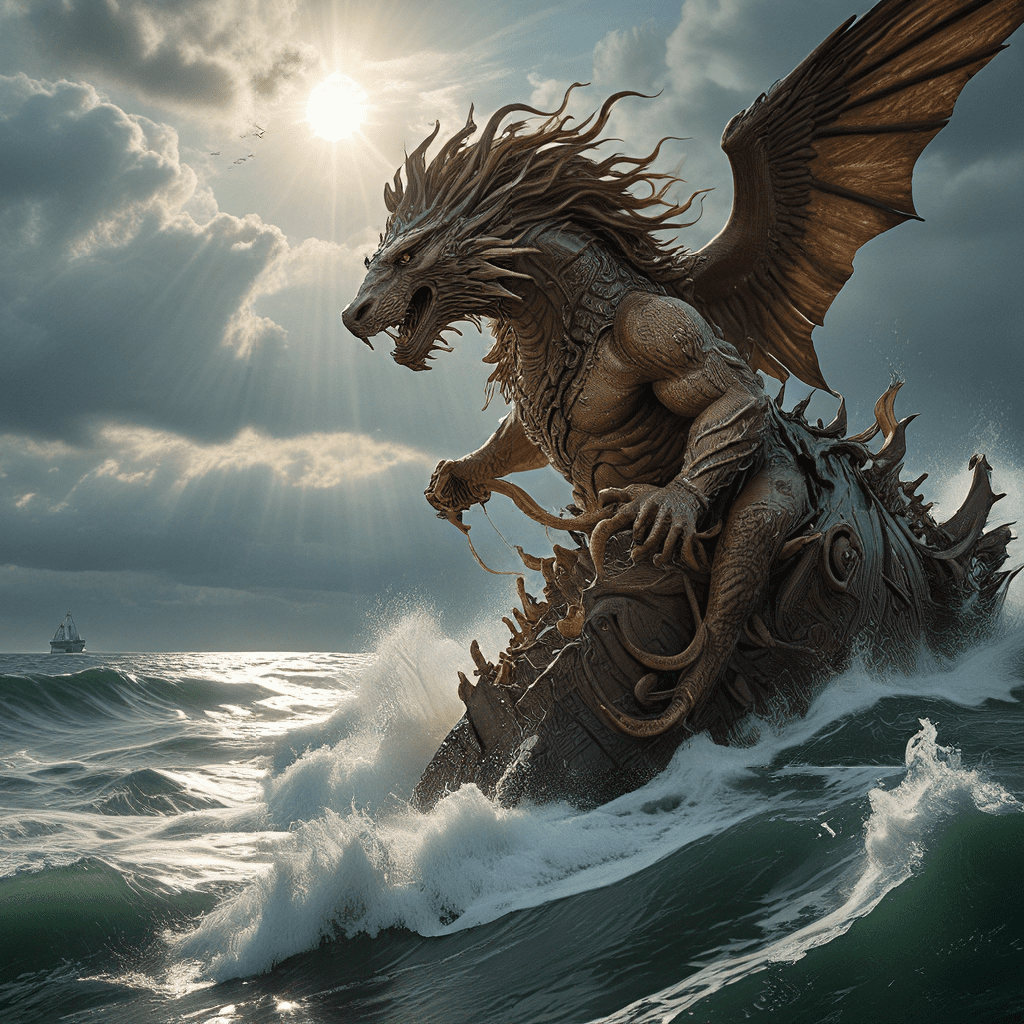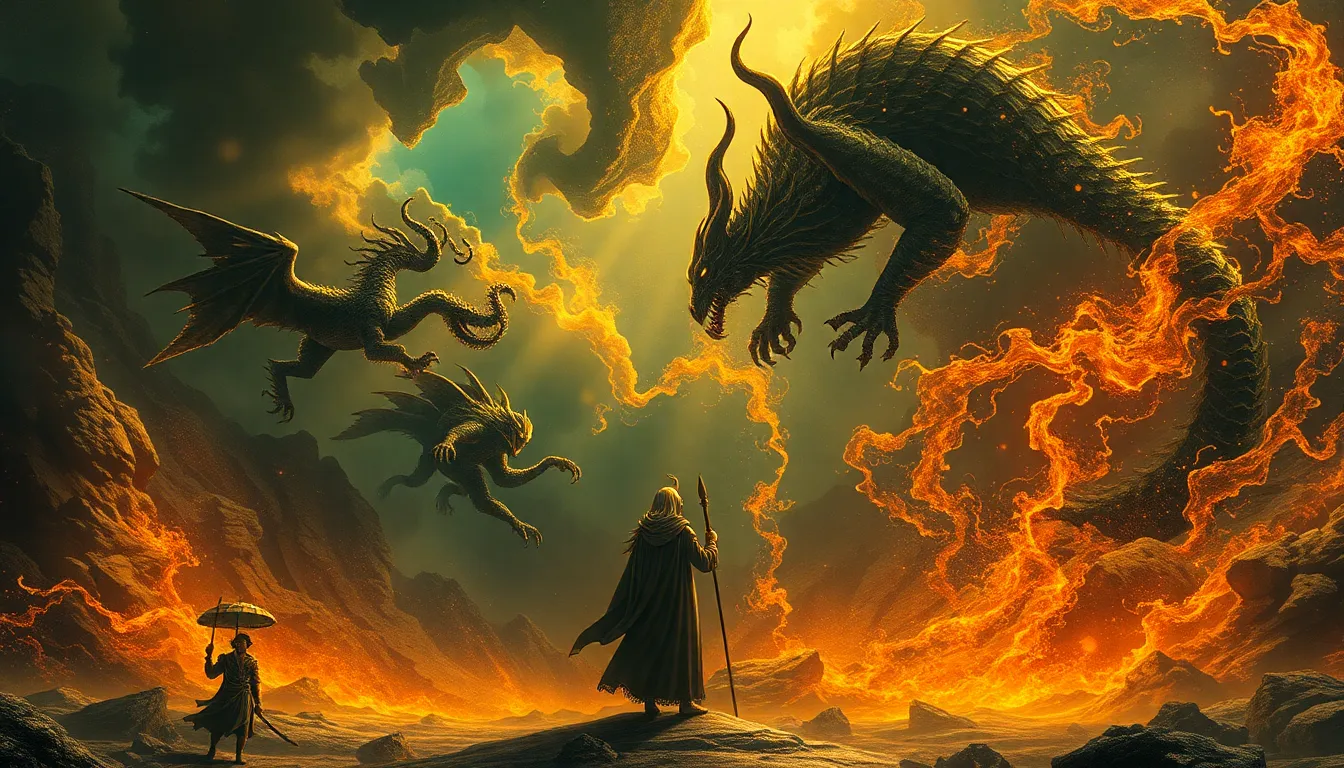Twists of Fate: Transformations That Altered the Course of Myths
I. Introduction: The Nature of Myths and Their Transformations
Myths have been an integral part of human culture across civilizations, serving as a means to explain natural phenomena, human experiences, and the moral frameworks of societies. Defined broadly, myths are traditional stories that often involve supernatural beings or events, and they function to convey cultural truths and values.
Throughout history, myths have undergone transformations that reflect the evolving nature of the societies that tell them. As cultures change due to social, political, and technological shifts, so too do their myths. These alterations can provide insight into the values, fears, and aspirations of different eras.
This article will explore key transformations in mythology, examining how these changes have redefined narratives and characters, and the implications of these transformations on cultural identity and societal norms.
II. The Hero’s Journey: Shifting Archetypes and Their Impacts
Joseph Campbell’s concept of the Hero’s Journey outlines a universal narrative pattern that many myths and stories follow. This archetype typically involves stages such as the call to adventure, the initiation, and the return. However, the specifics of the hero can vary significantly across cultures.
Over time, hero archetypes have transformed, reflecting the values of their societies. For instance:
- Hercules: A symbol of strength and physical prowess, Hercules embodies the traditional heroic figure who overcomes challenges through brute force.
- Odysseus: In contrast, Odysseus represents cunning and intelligence, showcasing a more complex hero who navigates challenges through wit and strategy.
This evolution illustrates how different cultures prioritize various traits in their heroes, shaping their expectations of heroism and leadership.
III. Female Figures in Myth: From Damsels to Warriors
Traditionally, female figures in mythology were often relegated to roles of passivity, such as damsels in distress or nurturing figures. However, over time, many cultures have begun to embrace and portray empowered female characters who play active roles in their narratives.
Transformations in these roles can be seen in figures like:
- Athena: Once primarily viewed as a goddess of wisdom, her portrayal has evolved to include aspects of war and strategy, representing female empowerment and leadership.
- Artemis: Initially depicted as a huntress and protector of the wild, Artemis has come to symbolize independence and strength, challenging gender norms in mythology.
These transformations reflect broader societal changes regarding gender roles, highlighting a shift towards recognizing the agency and strength of women in mythological narratives.
IV. The Role of Fate and Destiny in Mythology
Fate is a recurring theme in many mythologies, often depicted as an inescapable force that governs the lives of mortals. However, transformational moments in these narratives can challenge or affirm the concept of fate.
For example, in Greek mythology, the story of Oedipus illustrates the tension between fate and free will. Despite the prophecies that foretell his tragic fate, Oedipus’s attempts to avoid it ultimately lead him to fulfill it. This paradox raises questions about the nature of destiny and human agency.
Additionally, the Fates—three sisters who control the thread of life—embody the inescapability of fate, yet their interactions with mortals can also reflect the complexities of choice and consequence.
V. Mythical Creatures: Symbolism and Transformation
Mythical creatures play a significant role in storytelling, often serving as symbols of broader themes such as chaos, protection, or the unknown. The transformations of these creatures can indicate shifts in societal attitudes and fears.
For instance, the portrayal of dragons has evolved significantly:
- Eastern Dragons: In many Asian cultures, dragons are revered as wise and benevolent beings, symbolizing power and good fortune.
- Western Dragons: Conversely, in Western mythology, dragons are often depicted as malevolent creatures to be slain, embodying chaos and destruction.
This divergence in representation illustrates how cultural context shapes the symbolism of mythical creatures, reflecting each society’s values and fears.
VI. Cultural Exchange: Myths Transforming Across Borders
Cultural exchange has played a significant role in the transformation of myths, particularly in our increasingly globalized world. As different cultures interact, their mythological narratives often blend and adapt.
One prominent example is the adaptation of the Hindu epic Ramayana across Southeast Asia. In countries like Thailand and Indonesia, local interpretations of the Ramayana incorporate regional elements, resulting in unique adaptations that reflect the local culture while maintaining core themes of the original text.
This phenomenon highlights the fluid nature of myths and their ability to evolve with cultural exchange, allowing for a rich tapestry of narratives that resonate with diverse audiences.
VII. The Influence of Historical Events on Mythology
Historical events can have a profound impact on mythology, shaping and transforming the narratives that societies tell. Myths often serve to explain or contextualize significant historical moments.
For example, the impact of colonization on indigenous myths has resulted in both the loss and adaptation of traditional stories. Many indigenous cultures have blended their myths with those of colonizers, creating new narratives that reflect the complexities of cultural encounters.
This cyclical relationship between history and myth underscores how myths are not static; they evolve in response to the events and changes that shape human experience.
VIII. Modern Adaptations: Reinterpreting Myths for Contemporary Audiences
In recent years, there has been a resurgence of interest in ancient myths, with modern retellings and adaptations appearing in literature, film, and other media. These contemporary interpretations often address current social issues, breathing new life into traditional narratives.
For instance, works like Madeline Miller’s “Circe” reimagine the story of a lesser-known figure in Greek mythology, providing a feminist perspective that explores themes of identity, power, and transformation. Similarly, Disney’s adaptations of myths often present them through a modern lens, focusing on themes of self-discovery and empowerment.
These modern adaptations not only keep ancient myths relevant but also allow audiences to engage with timeless themes in a way that resonates with contemporary societal issues.



